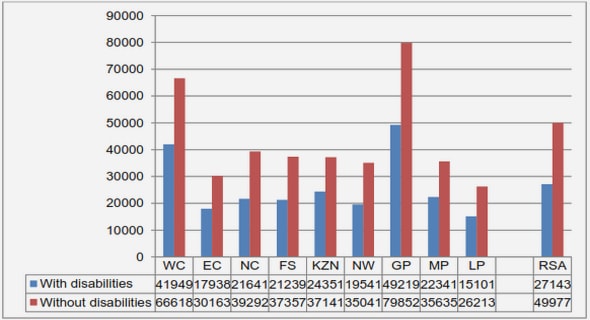(Downloads - 0)
For more info about our services contact : help@bestpfe.com
Table of contents
1. Introduction
2. Materials and methods
2.1. Sampling
2.1.1. Water
2.1.2. Juveniles and adults Allis shad
2.2. Samples preparation and microchemistry analysis
2.3. Preliminary analysis of water and juvenile baselines
2.4. Construction of Bayesian hierarchical models
2.4.1. Bayesian model with fixed number of sources and multiple baselines
2.4.2. Bayesian model without baseline: Infinite Mixture Model
2.4.3. Bayesian hybrid model: Infinite Mixture Model with multiple baselines
2.4.4. Synthesis of the parameters
2.4.5. Bayesian posterior distribution using MCMC sampling
2.4.6. Convergence diagnosis
2.5. Models comparison
2.5.1. Statistical Criteria
2.5.2. Indicators of reallocation reliability
2.5.3. Comparison of reallocation and sources between models
2.5.4. Confusion of reallocation
2.6. Flux between donor and recipient rivers
3. Results
3.1. Analysis of water and juvenile baselines
3.2. Models comparison
3.2.1. Statistical comparison
3.2.2. Indicators of reallocation reliability
3.2.3. Comparison of reallocation
3.2.3.1. Comparison of sources and homing rate
3.2.3.2. Stable vs inconsistent fishes
3.2.3.3. Focus on extra-sources
3.2.4. Analysis of inter-river confusion of reallocation
3.2.5. Choice of model to investigate the functioning of the metapopulation
3.3. Functioning of the metapopulation
3.3.1. Recipient, donor and closed rivers
3.3.2. Origin of fishes per recipient river
3.3.3. Isolation by distance between donor and recipient rivers?
3.3.4. Exchanges between the North and the South
4. Discussion
4.1. Why and how comparing the three models?
4.2. Recommendations regarding a monitoring program of Allis shad
4.3. Strict homing, complete straying or limited diffusion: evidence and consequences
4.4. Metapopulation functioning: sinks and sources and implication for management
5. Conclusion and prospects
6. References
7. Appendix


